Without having to go out at night or dig holes, with just a mousetrap, farmers in the West can still harvest nearly 10kg of mouse worms, selling for half a million dong each day.
The Chu U belongs to the crab family, has a purple body, red claws, a rough shell and many thorns. They often live in alluvial plains, where rivers flow into the sea or coastal protective forests.
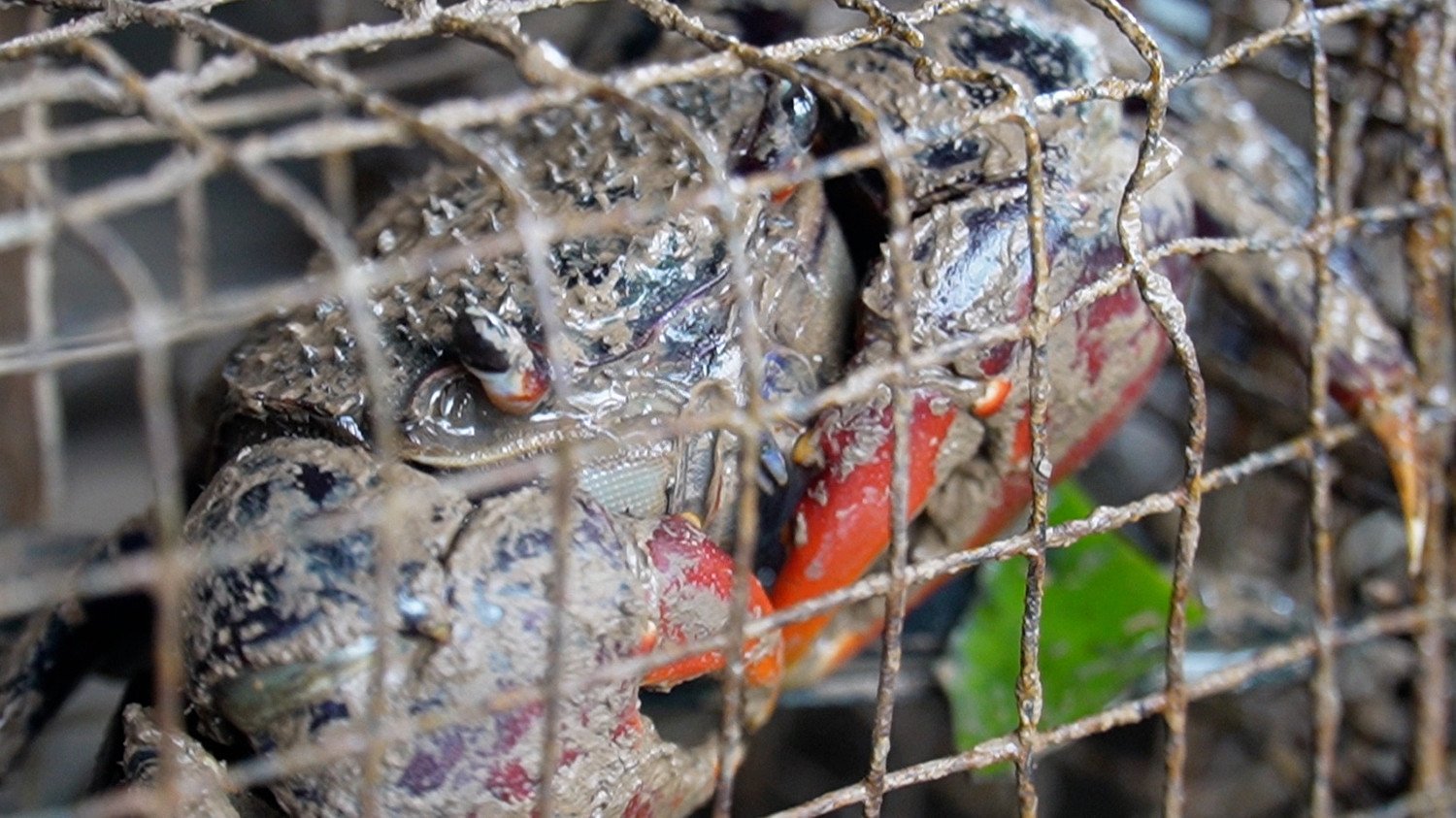
In recent years, the price of sea urchins has been stable at around 50,000 VND/kg, so people in Nam Can and Ngoc Hien districts (Ca Mau province) often import large quantities for traders.
Unlike the previous method of going out at night, catching "by hand", and digging holes which had low productivity, people now often choose to set traps because they are much more effective.
Traps for hunting molehills are made like mouse traps but smaller, baited with mangrove leaves.
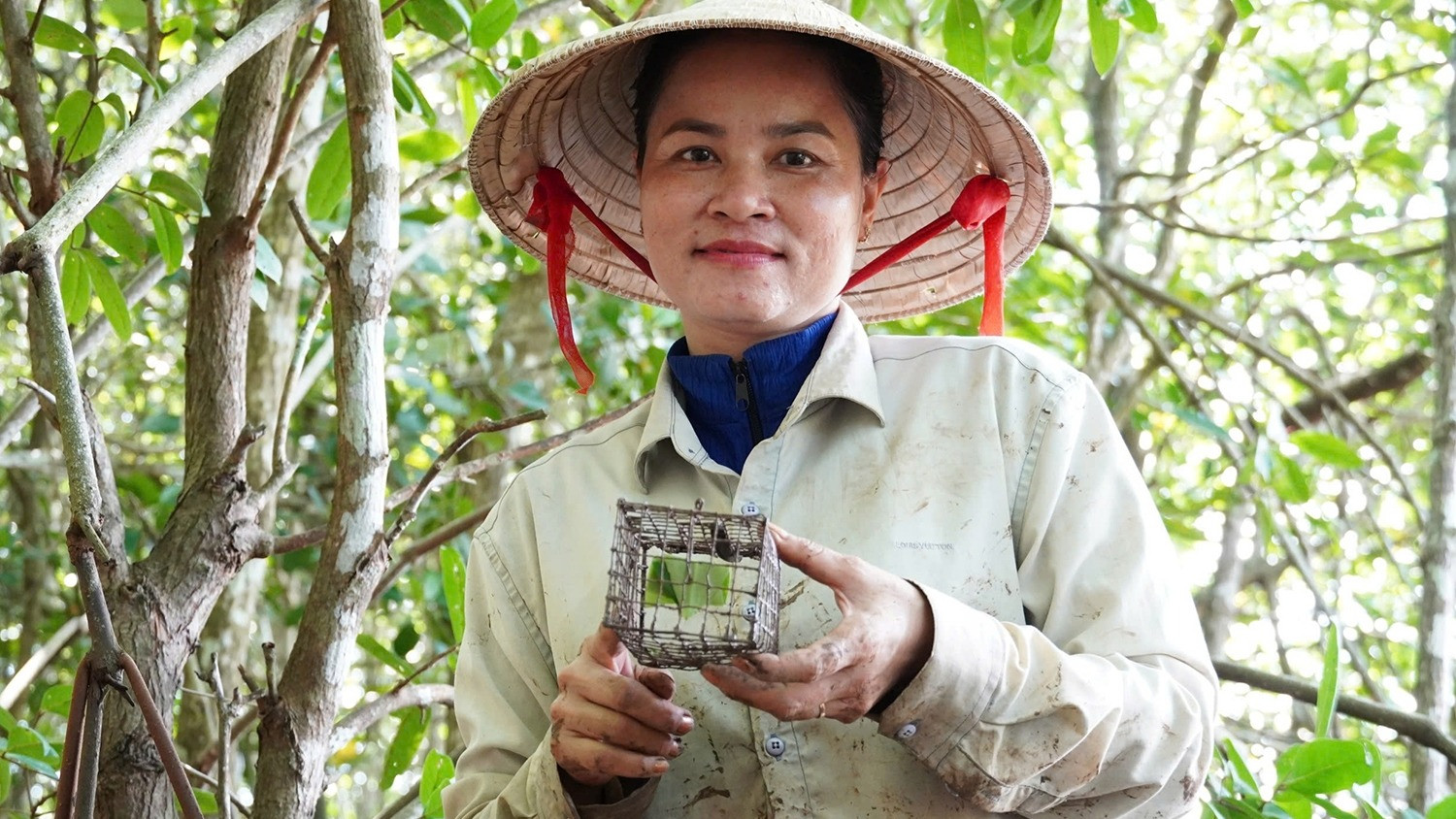 | 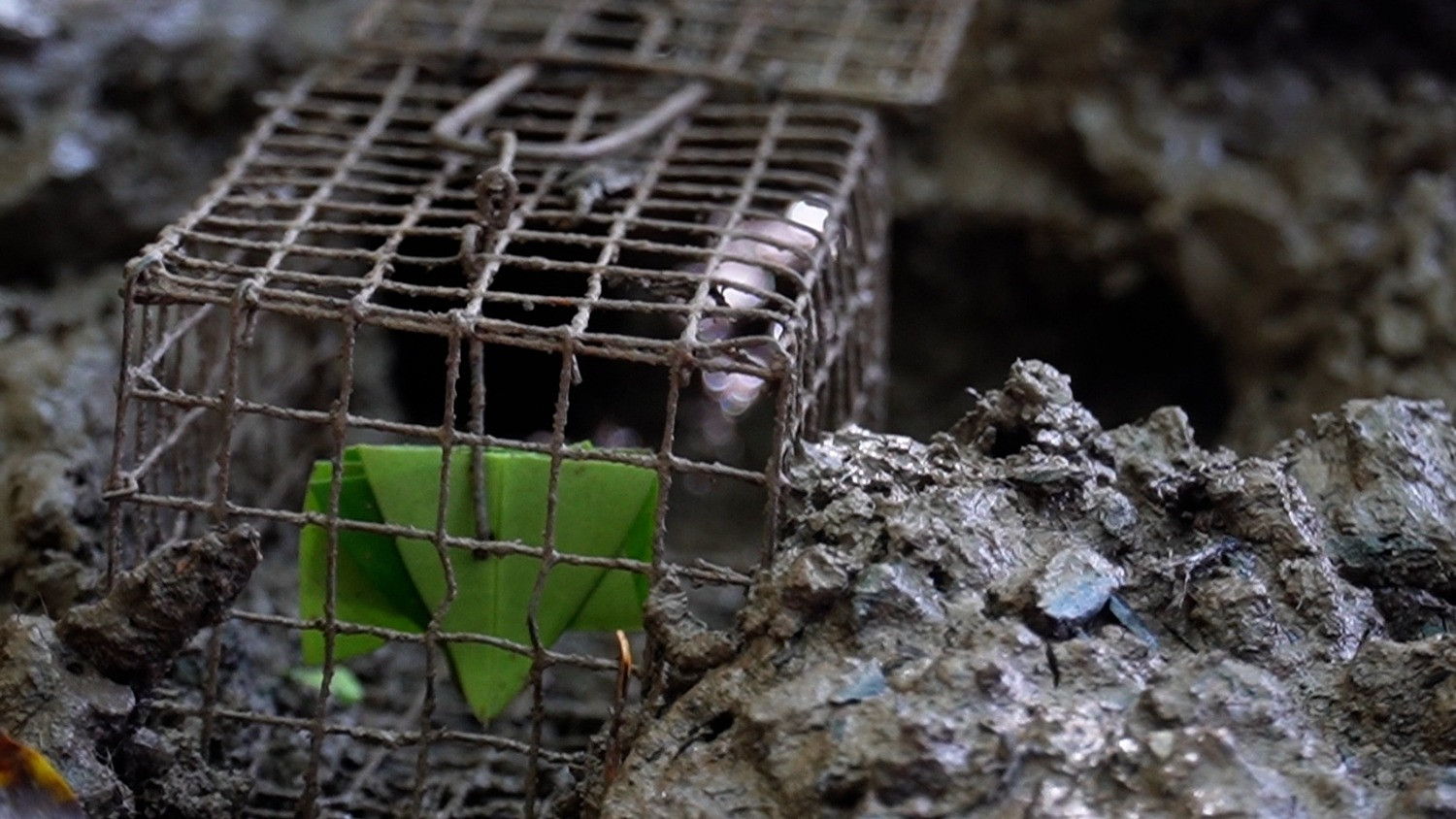 |
Ms. Nguyen Tuyet Loc (residing in Tam Giang commune, Nam Can district) said that although the cuckoo is slow, it is the "king of burrowing". From a small burrow on the ground, the deeper it goes, the more branches of different sizes branch out, weaving between the tangled mangrove roots. This helps the cuckoo easily hide when being chased.
The success or failure of a "hunting" session, according to Ms. Loc, depends a lot on weather conditions. Because rain will flood the cave, leading to losing track of the nest, making it difficult to determine the location to set the trap.
“The caves with big, deep mouths and lots of mud pushed up are where there are big sandpipers. I put traps there, and when sandpipers come out to look for food, they will fall into the trap.
For those living deep in the mangrove forest, they will build up the soil because this is their breathing path when the tide rises. When catching the mangrove, I first dig the cave mouth.
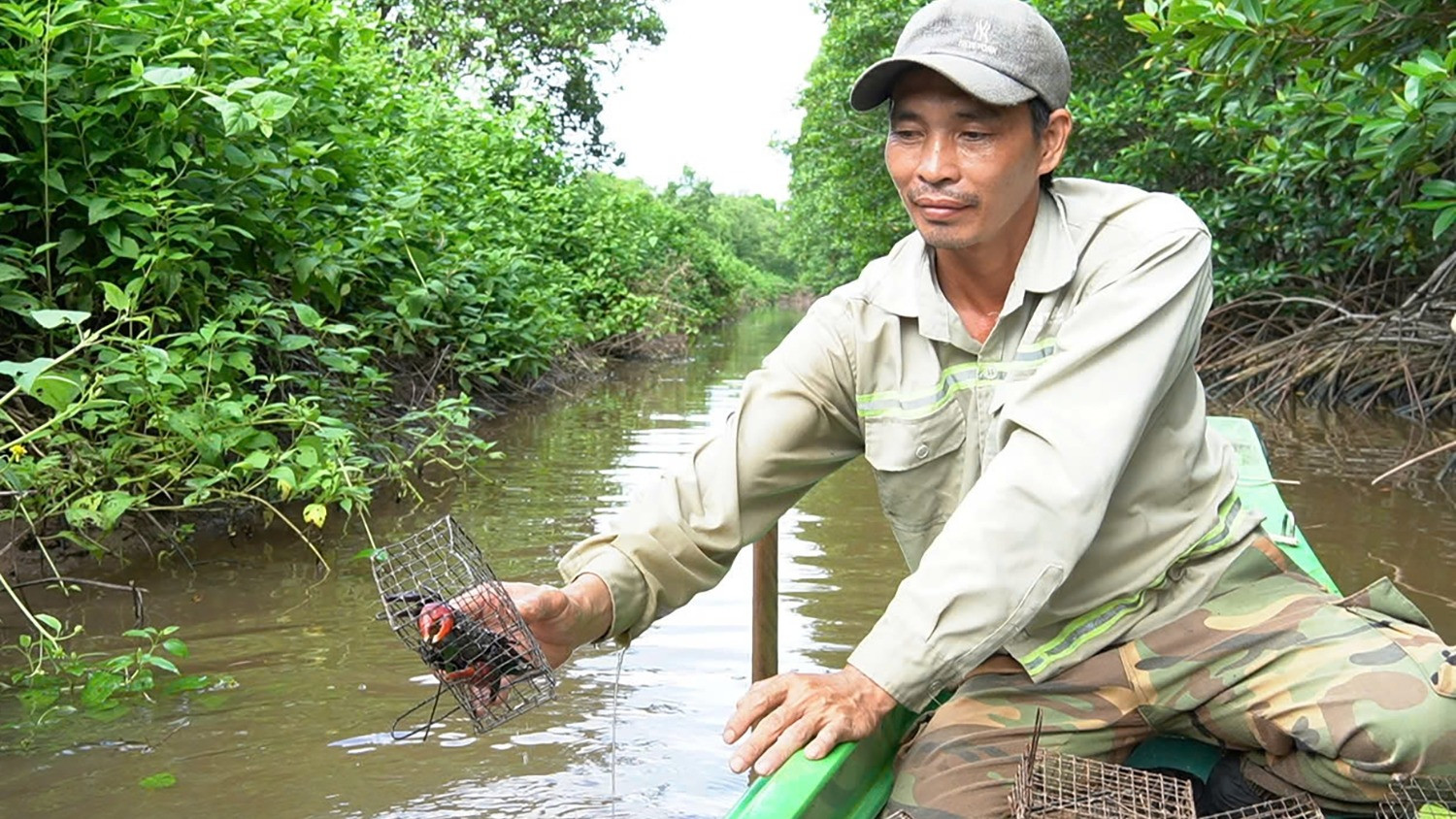 | 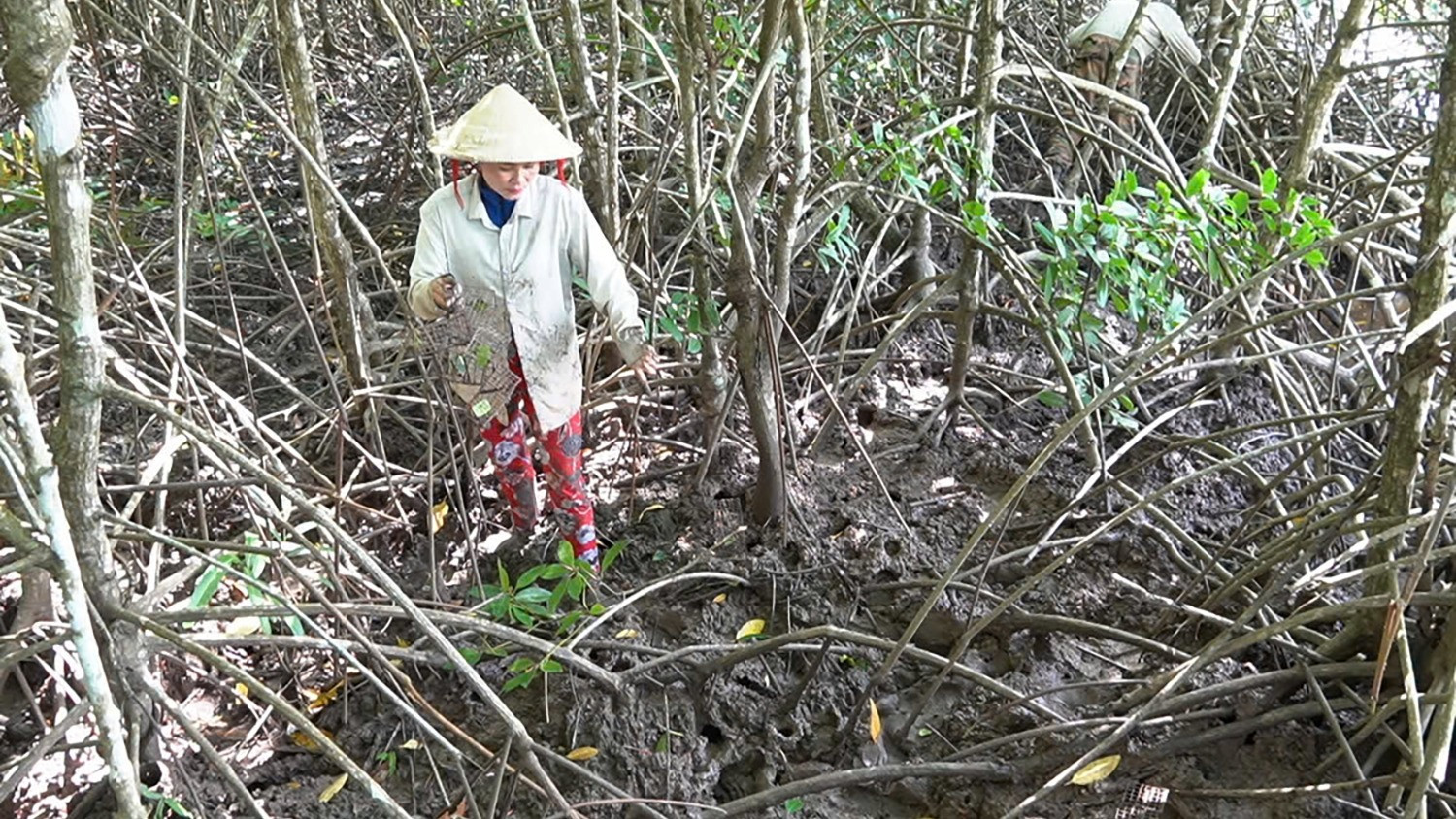 |
Usually at 8am, Ms. Loc rows her boat to set traps, and about 4 hours later comes out to visit.
"Every day I set about 250 traps and collect nearly 10kg of cuckoos," Ms. Loc shared.
It sounds simple at first, but this female farmer said not everyone can set traps, because they have to know how to identify the nests of the maggots.
"Their dens are usually located around the shore, preferring dense places like mangrove roots and rhododendrons," she revealed.
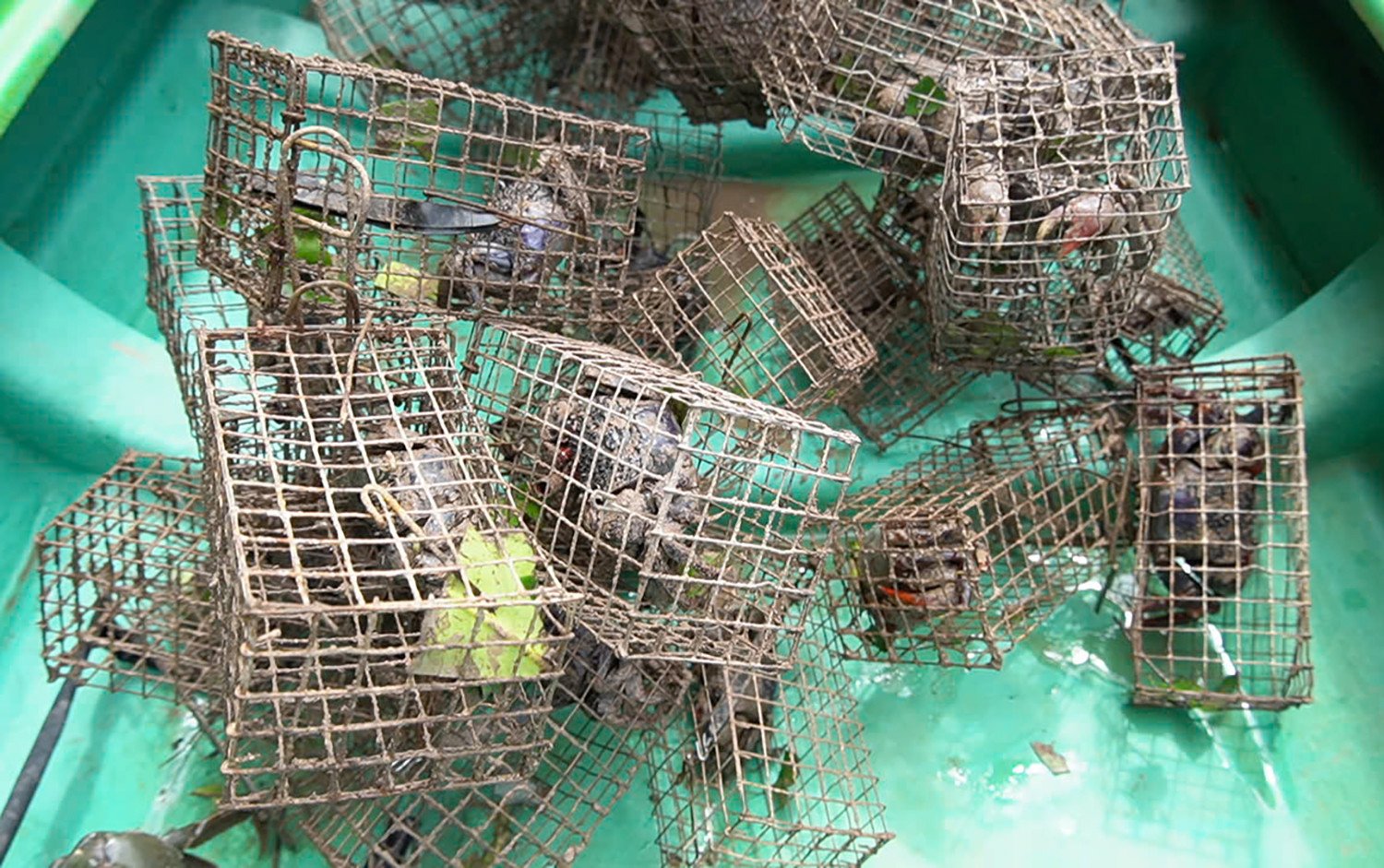
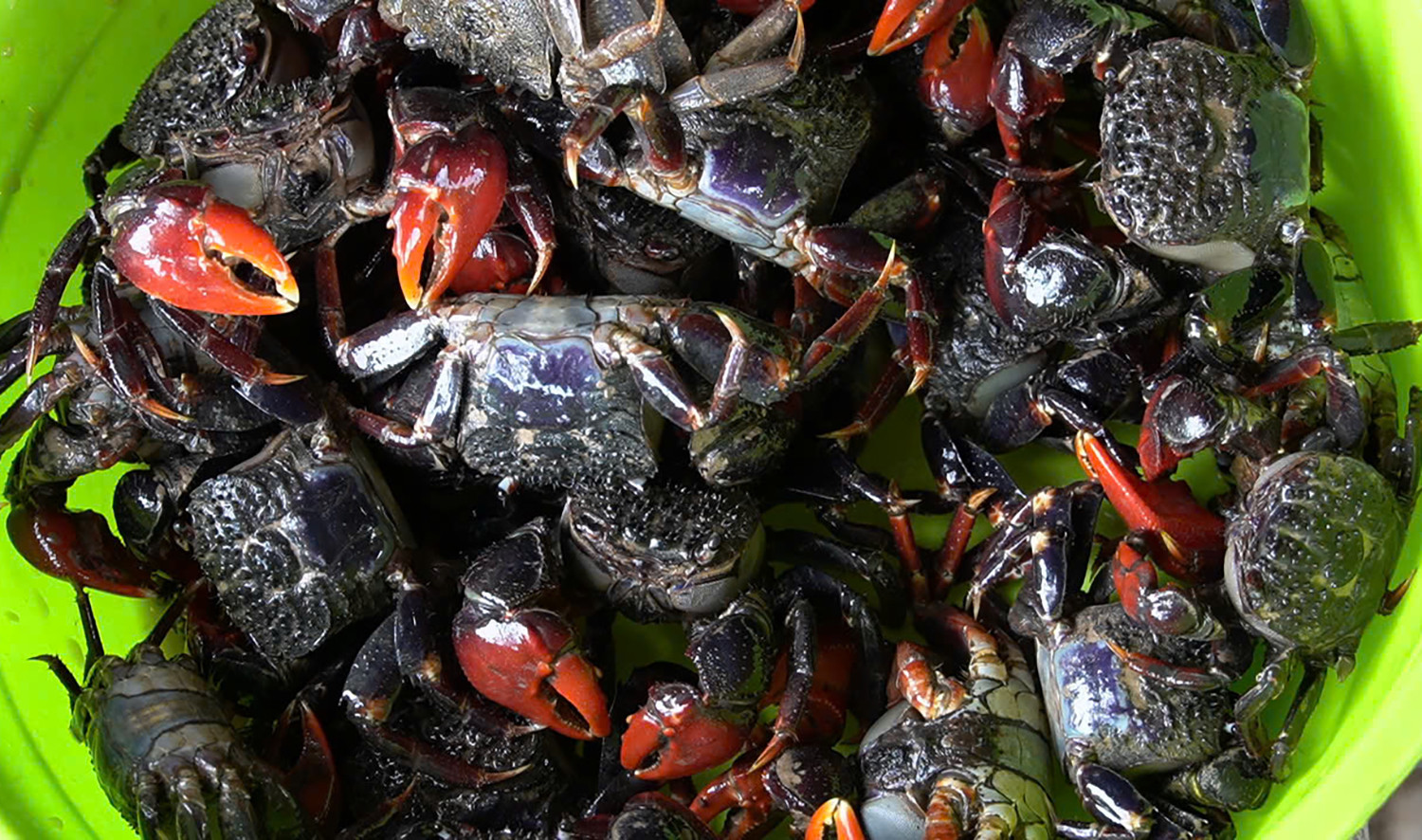
Preserving and processing the crab is quite elaborate.
According to local experience, after being caught, the sea urchins must be immediately put in ice water to numb them, to avoid the situation of them clamping each other and breaking their claws. After being cleaned, they are purchased by traders at 50,000-65,000 VND/kg.
According to locals, the best season for crayfish is from September to December of the lunar calendar. This is when the crayfish has more roe, firmer meat, and more delicious and fatty meat.
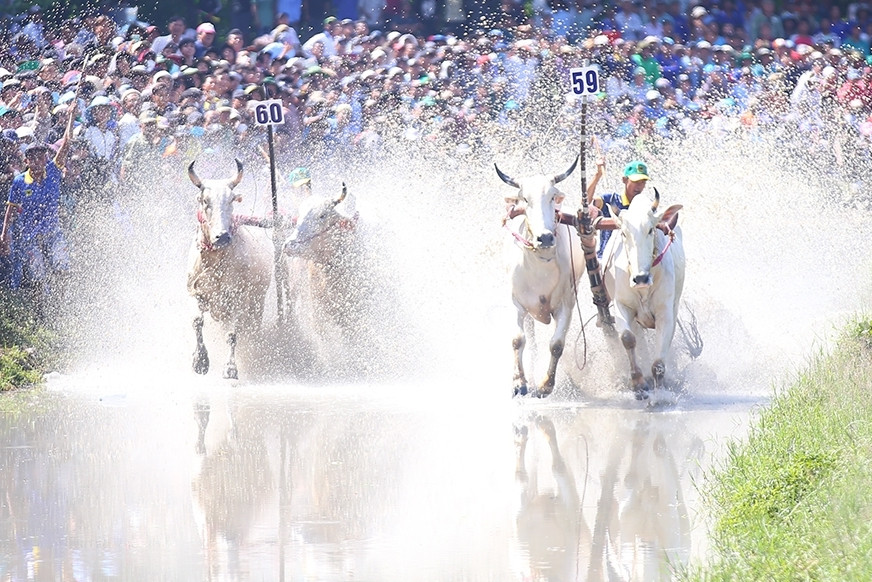
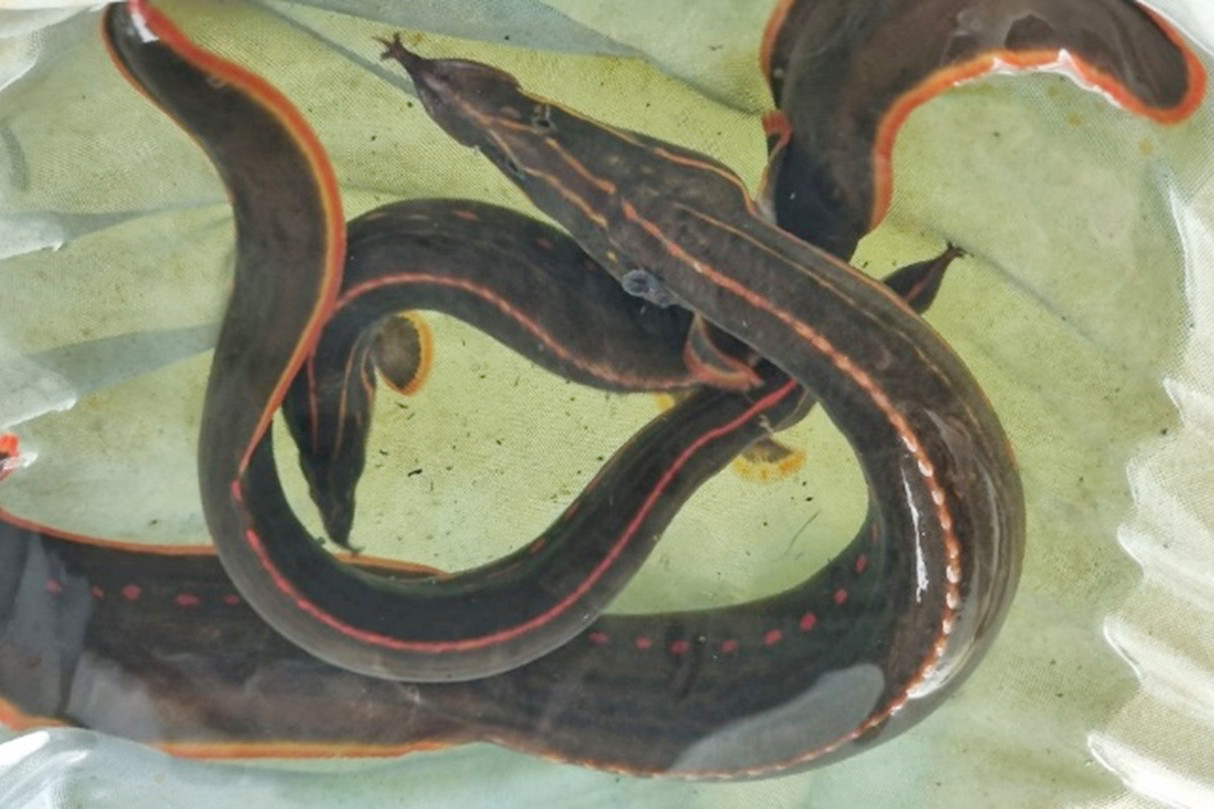

Source: https://vietnamnet.vn/nong-dan-mien-tay-tiet-lo-bi-quyet-bat-vua-dao-hang-kiem-moi-ngay-nua-trieu-2334825.html



![[Photo] Prime Minister Pham Minh Chinh chairs a special Government meeting on the arrangement of administrative units at all levels.](https://vphoto.vietnam.vn/thumb/1200x675/vietnam/resource/IMAGE/2025/5/9/6a22e6a997424870abfb39817bb9bb6c)

![[Photo] Magical moment of double five-colored clouds on Ba Den mountain on the day of the Buddha's relic procession](https://vphoto.vietnam.vn/thumb/1200x675/vietnam/resource/IMAGE/2025/5/9/7a710556965c413397f9e38ac9708d2f)
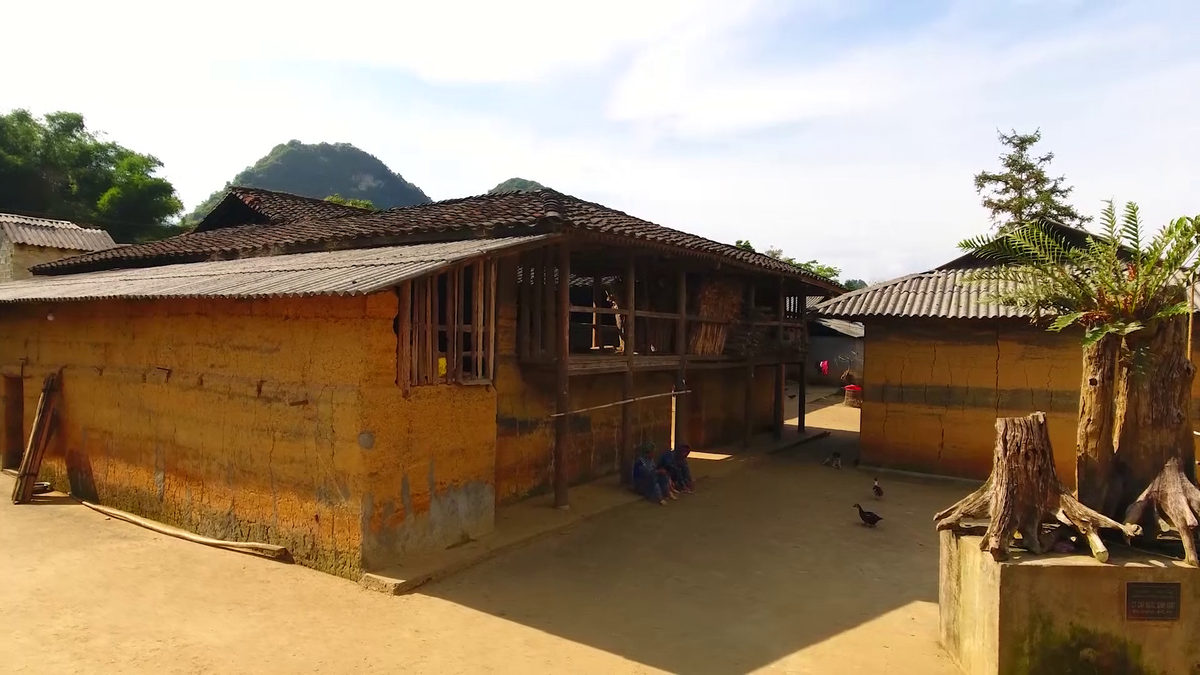

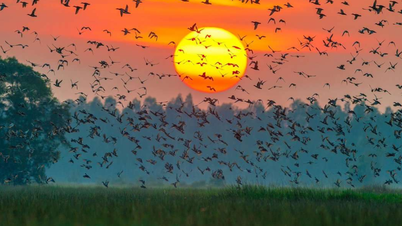



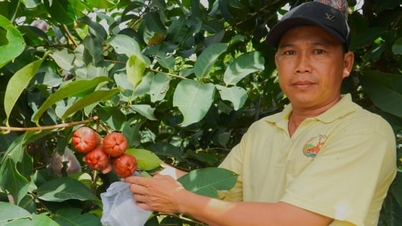





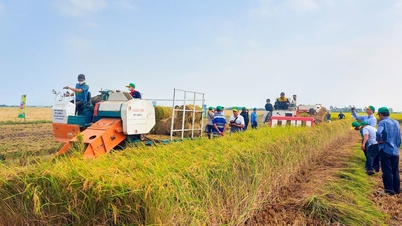

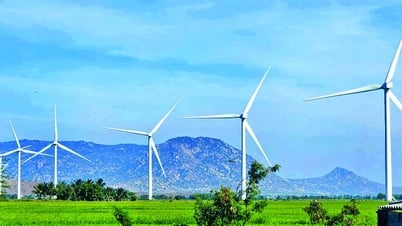









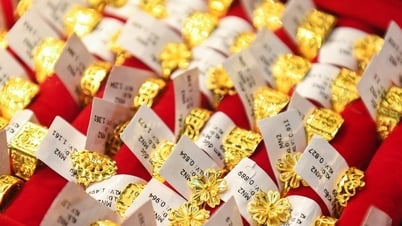





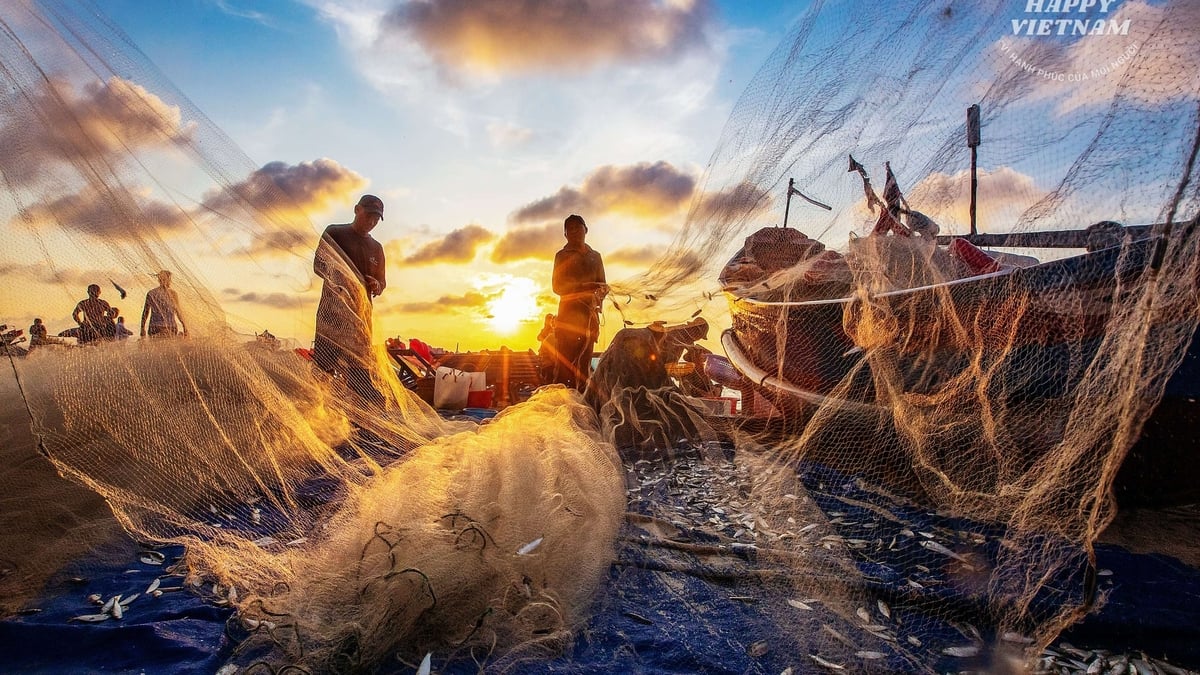
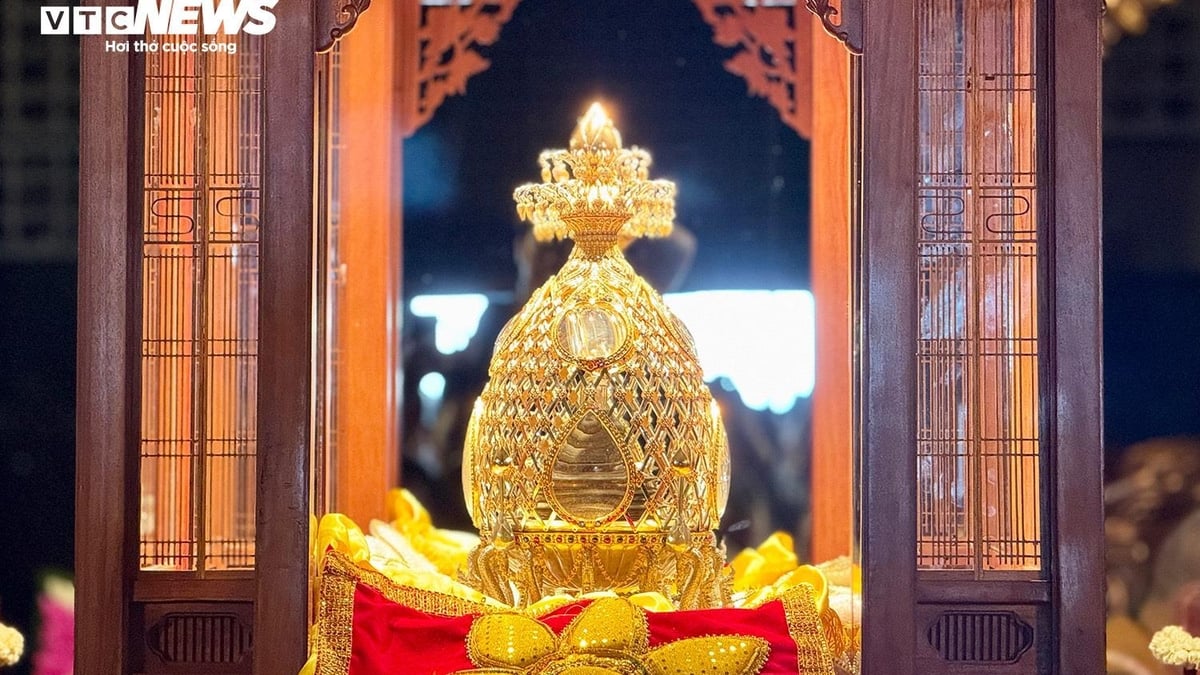
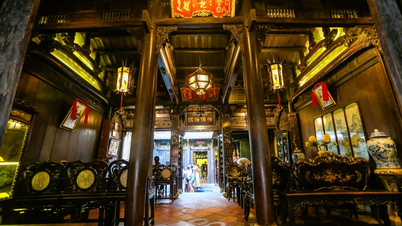

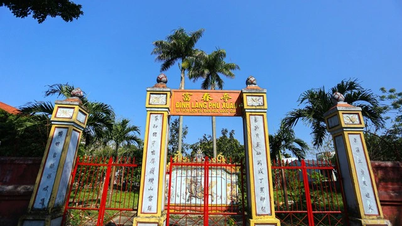

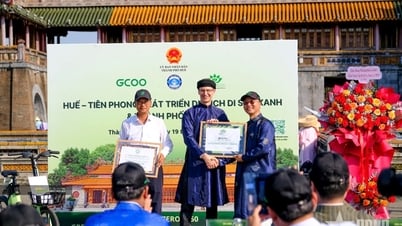

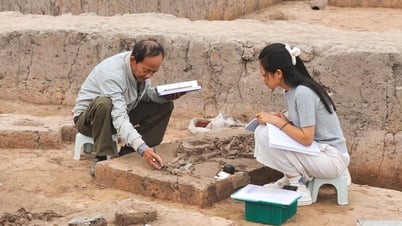








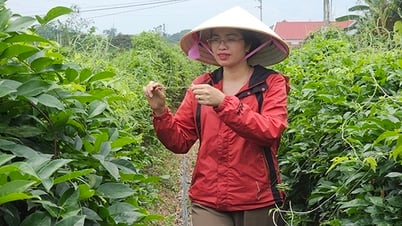

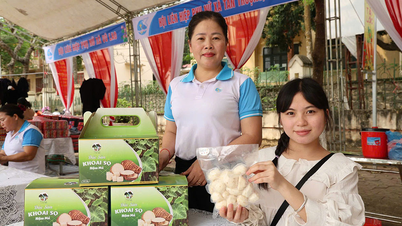











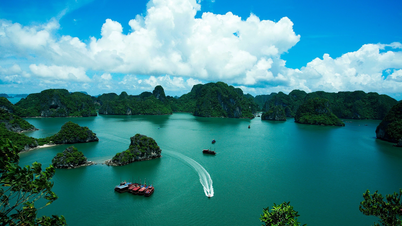





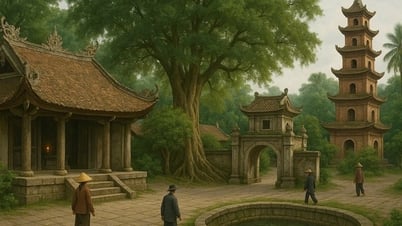



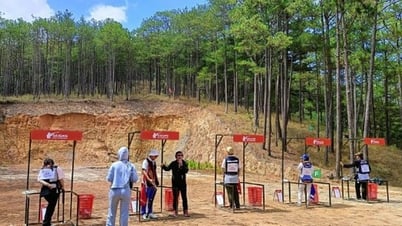
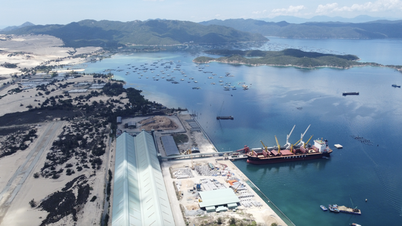

![[LIVE] MILITARY PARLAY TO CELEBRATE THE 80TH ANNIVERSARY OF VICTORY IN THE WORLD PATRIOTIC WAR](https://vphoto.vietnam.vn/thumb/402x226/vietnam/resource/IMAGE/2025/5/9/cc9a3d18f01946a78a1f1e7c35ed8b31)

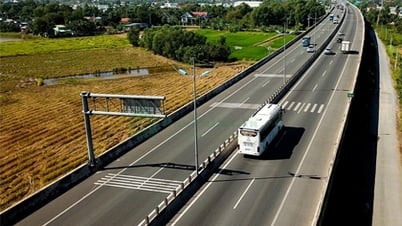

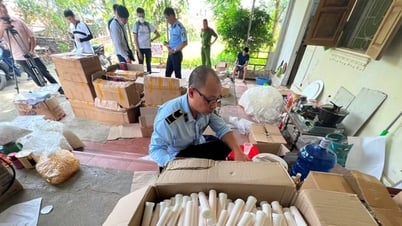














Comment (0)